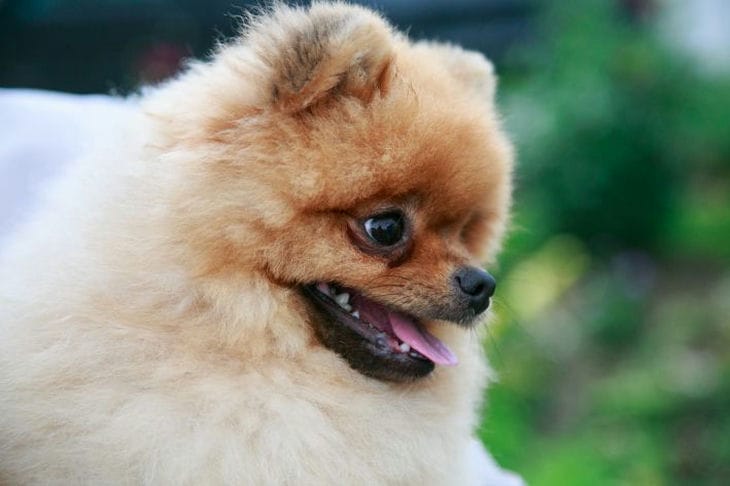Many dog owners love to hug their pets as a way to express their love and affection.
However, not all dogs perceive hugs the same way.
Understanding your dog's body language and individual preferences can help avoid misunderstandings and strengthen the bond between human and animal.

Discomfort signals in dogs
While some dogs may enjoy hugs, many see them as restrictive and a sign of dominance.
It is important to learn to recognize the signs of discomfort that a dog may show during a hug. These include:
- Head Turning: If your dog turns his head away from you while you are hugging him, this is a clear sign that he is uncomfortable and wants to avoid contact.
- Squinting or "whale eye": This signal, where the whites of a dog's eyes are visible, indicates stress and anxiety.
- Lip licking: Frequent lip licking that is not related to eating may indicate that the dog is nervous and trying to calm down.
- Yawning: Yawning outside the context of fatigue can be a sign of stress or discomfort.
- Tucked Tail: A tucked tail, especially when combined with other signals, indicates fear or anxiety.
Alternative ways to show love
If your dog isn't a fan of hugs, it doesn't mean he doesn't love you. There are plenty of other ways to show your love and affection for your pet.
Try replacing hugs with petting, especially on the chest, neck, and behind the ears. Many dogs enjoy massages or back scratches.
Play is another great way to spend time together and strengthen your bond. Active games like fetch or frisbee will help your dog burn off energy, while quiet games like tug-of-war can help build trust.
Respect for individual differences
Every dog is unique and has its own preferences. Some dogs may enjoy hugs, while others prefer other forms of affection.
It is important to respect your pet's individual characteristics and choose interactions that are enjoyable for him.
Observe your dog's reactions and pay attention to its body language. If you notice signs of discomfort, stop hugging immediately and try another way of interacting.
Gradually, you will learn to understand your pet and build harmonious relationships with him based on mutual respect and trust.
Previously we talked about signs of stress in cats .








